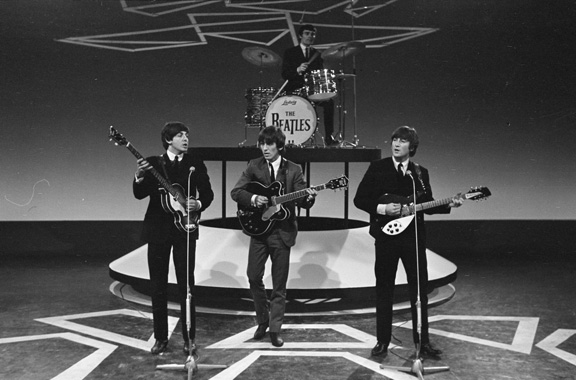
We have all experienced a sense of déjà vu triggered by some sensory stimuli. It could be the smell of burning leaves or the sound of a train moving through the night. Just for an instant, we are transported to some event in our past, as if we were actually there again. I experienced this as I descended into the basement of Mike Stern’s Atlanta home. By the time I had made the last step, I was back in the world of sex, drugs and rock and roll. Walls shelves and tables were covered in the merchandise of the sixties and seventies pop culture.
The decade of the sixties started with the U.S. involvement in Viet Nam, and ended with the election of Richard M. Nixon. To a great extent, these two events defined the decade and propelled the United States on a trajectory of change. By the end of the decade, the culture, social structure, and politics of our world had been turned up-side-down.
The popular culture of the country met with a sudden and lasting epiphany on February 9, 1964. The Beatles made their U.S. debut on the Ed Sullivan TV show, and American music was never the same. Elvis was still King to many of us, but the British invasion had started.
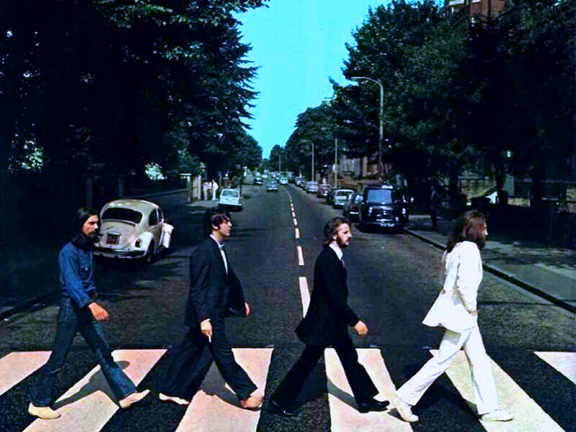
The British invasion had started!
Housed in Mike’s basement was a treasure trove of Beatle mania. Mike Stern is a leading authority on Beatle memorabilia. He has been a collector for over forty years, and is the author of two editions of leading reference books and price guides. He has amassed one of the largest private collections of Beatle related products and a number of signed Beatle documents. If a licensed Beatles’ product was manufactured, it is very likely in Mike’s basement.
There were overnight cases, ceramic dolls, holders for 45 RPM records and lunch boxes. As I explored the countless shelves devoted to the Beatles, I found every conceivable creation a teen might have bought in 1965. In addition to the Beatle artifacts, there was a strong representation of items licensed by Apple, the
Beatles’ record company, the most interesting of which was a fuzzy Apple radio with the signature worm. The extensive collection followed the Fab Four from the release of Rubber Soul in late 1965, through Sgt. Pepper in November of 1966, the White Album in 1968 and Yellow Submarine in 1969.
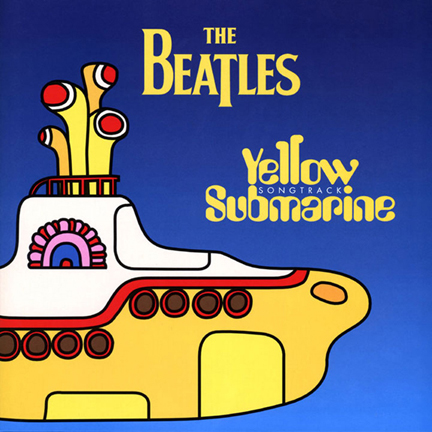
By the time Yellow Submarine was released, the Beatles were coming apart as a group. Their final united appearance took place in late 1969 on the roof top of Apple’s London office, and during that session the group signed four individual squares of paper as a gift for a friend. These four squares are in Mike’s collection and are thought to be the final autographs before the group split up.
Just as the Beatles were fading from prominence, another seminal event in American music took place on a dairy farm in rural New York State. The 1967 Summer of Love featured the folk and protest music building around the anti-war movement, then in 1969 Woodstock gave the genre its bully pulpit. Originally, the festival was scheduled for a site near Woodstock, NY, but local officials refused to agree. An alternate site near Wallkill, NY was arranged, and the promoters had posters printed announcing the event.
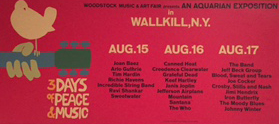 The festival poster was the first item in the Peace & Protest section of Mike’s basement. Mike explained that the poster was one of the most difficult pieces of Woodstock memorabilia to locate, for a couple of reasons. Even though thousands of copies were printed, only a few were ever posted. Once the city fathers of Wallkill realized the scope of the event, they bowed to public pressure and decided that the port-a-potties rented for the festival didn’t meet their code, and so refused to issue the needed permits.
The festival poster was the first item in the Peace & Protest section of Mike’s basement. Mike explained that the poster was one of the most difficult pieces of Woodstock memorabilia to locate, for a couple of reasons. Even though thousands of copies were printed, only a few were ever posted. Once the city fathers of Wallkill realized the scope of the event, they bowed to public pressure and decided that the port-a-potties rented for the festival didn’t meet their code, and so refused to issue the needed permits.
In a last minute scramble, the organizers were able to secure a site on Max Yasgur’s farm near Bethel, NY. Bethel officials were assured that no more than 50,000 people would be in attendance, in spite of the promoter’s knowledge that 186,000 tickets had already been sold. The county government bought into the farce, and permits were issued. The promoters rushed to install the necessary fencing that would allow them to control admission and to erect the stage for the performers.
The fencing never happened. On the Wednesday prior to the Friday opening, tens of thousands of young people began gathering at the site. They soon overwhelmed the concept of charging admission, and Woodstock became a giant free festival. Ultimately over 400,000 people showed up. Included in the lineup of performers on the original poster however, were some entertainers who were no-shows.
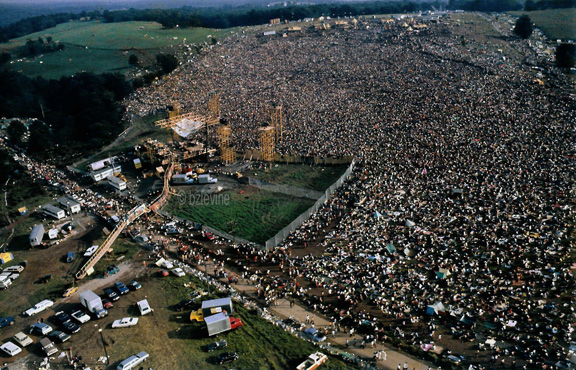
Hundreds of items related to Woodstock share space in Mike’s collection, but along with the original poster, the most interesting one is an album of photographs taken by an unknown attendee. Random and completely un-posed shots by the anonymous photographer convey the excitement and total disorganization of Woodstock better than any of the professional accounts of the festival.
Along with the breakup of the Beatles and Woodstock, another pivotal event took place in 1969. Richard Millhouse Nixon was elected President to succeed Lyndon Baines Johnson. Johnson had bet his second elected term on a victory in Viet Nam, and by 1968 it was clear that there would be no such victory. In the face of a poor showing in the first primary, he announced that he would not be a candidate for re-election. Nixon defeated Vice President Hubert Humphrey and third party candidate George Wallace in an electoral landslide.
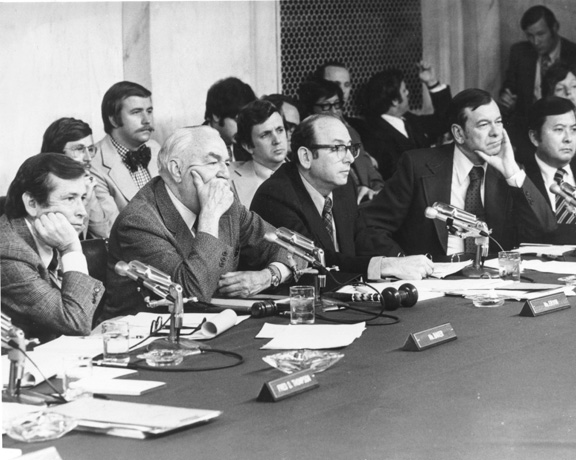
The Nixon presidency oversaw the US withdrawal from the war in Southeast Asia, the beginning of a healing process domestically — following the antiwar unrest— and the opening of relations with China. Unfortunately, all of Nixon’s accomplishments would be overshadowed by the Watergate Scandal. The third major section of Mike’s collection chronicles the Nixon years, complete with hundreds of Watergate related items.
When viewed as a whole, Mike’s collection allows the visitor to experience the popular culture of the sixties and seventies. This is particularly poignant to those of us who were just getting started with adulthood at the time. We knew the performers and loved the music. We used the products and laughed at the jokes. We were truly a part of the era.
When the seventies came to an end the Beatles were all pursuing separate careers and would never perform as a group again. Woodstock was a memory, and no music festival ever came close to rivaling it. The Woodstock line up of performers read like the roster of the Rock & Roll Hall of Fame. Richard Nixon became the first President in our history to resign from office, and Watergate still defines his legacy.
The world has moved on and nothing has brought it home like a conversation I recently witnessed. I was standing in the checkout line at Kroger, and there were two teenage girls ahead of me. I could not help but overhear their conversation. They were discussing the music on their I-Pods and one of them turned to the other and said,
“Did you know that Paul McCartney was in another group before Wings?”
Talk about the end of an era!
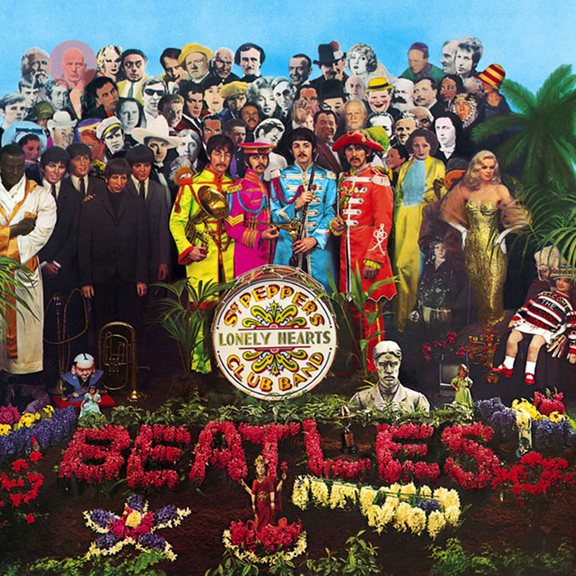
Mike Stern is a financial broker in Atlanta, Georgia and can be reached at mellie-lamonstern@att.net. Give him a call if you have interesting stuff to sell.
Poster image courtesy Mike Stern
All other images from Creative Commons



Tom, thanks for the little dance down Memory Lane this morning. It was very nice with a cup of coffee.